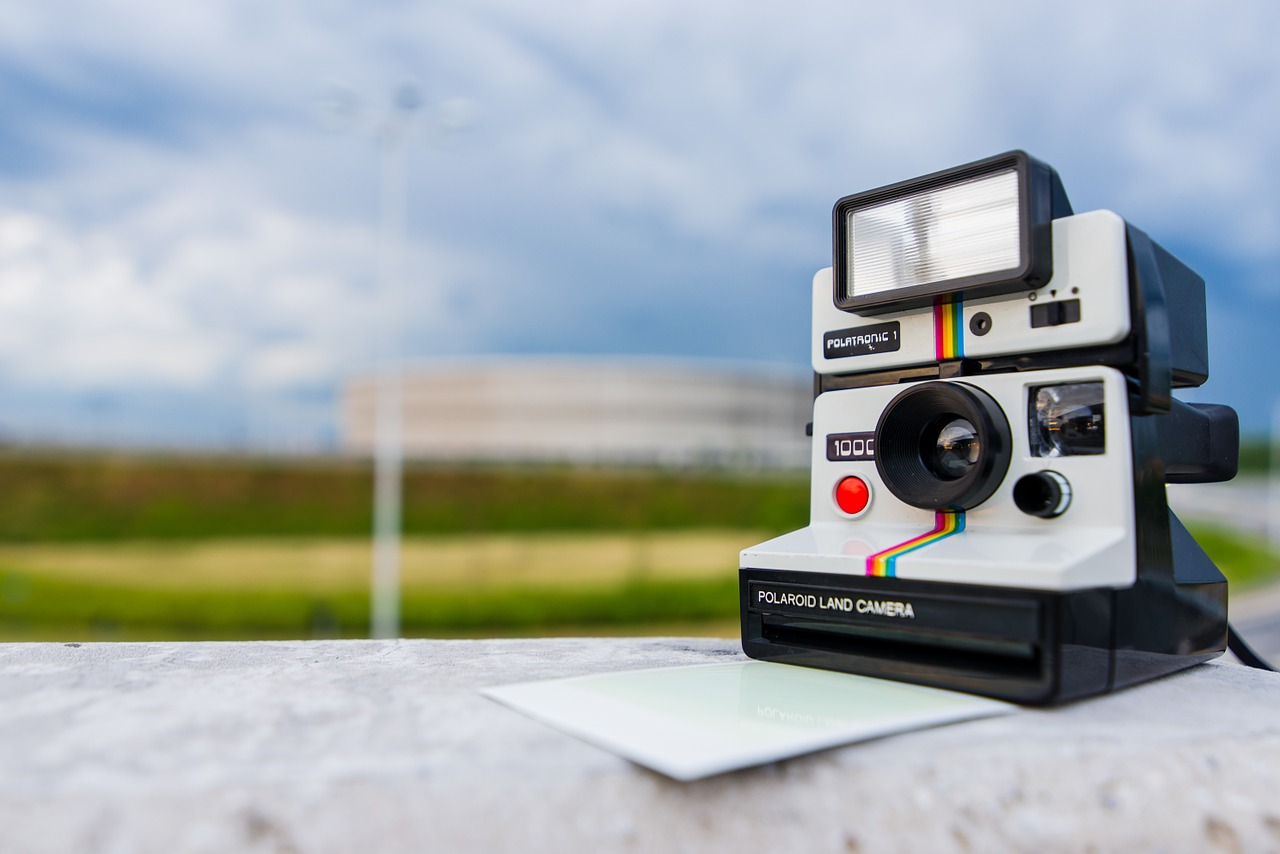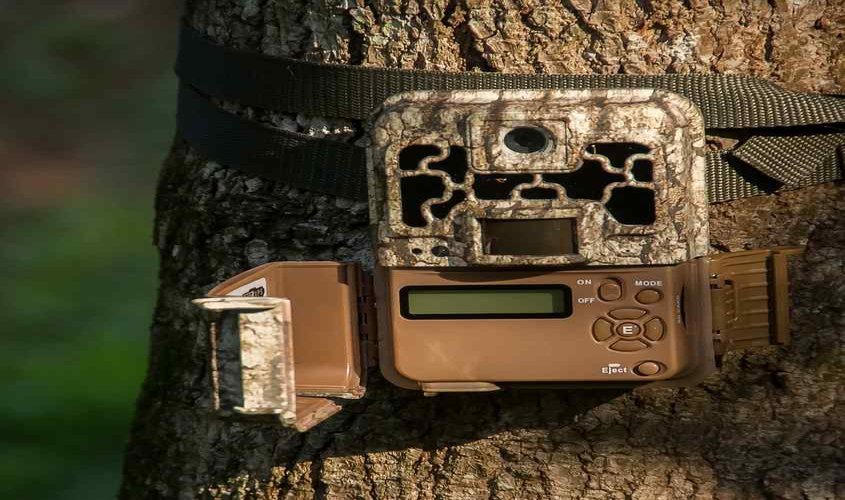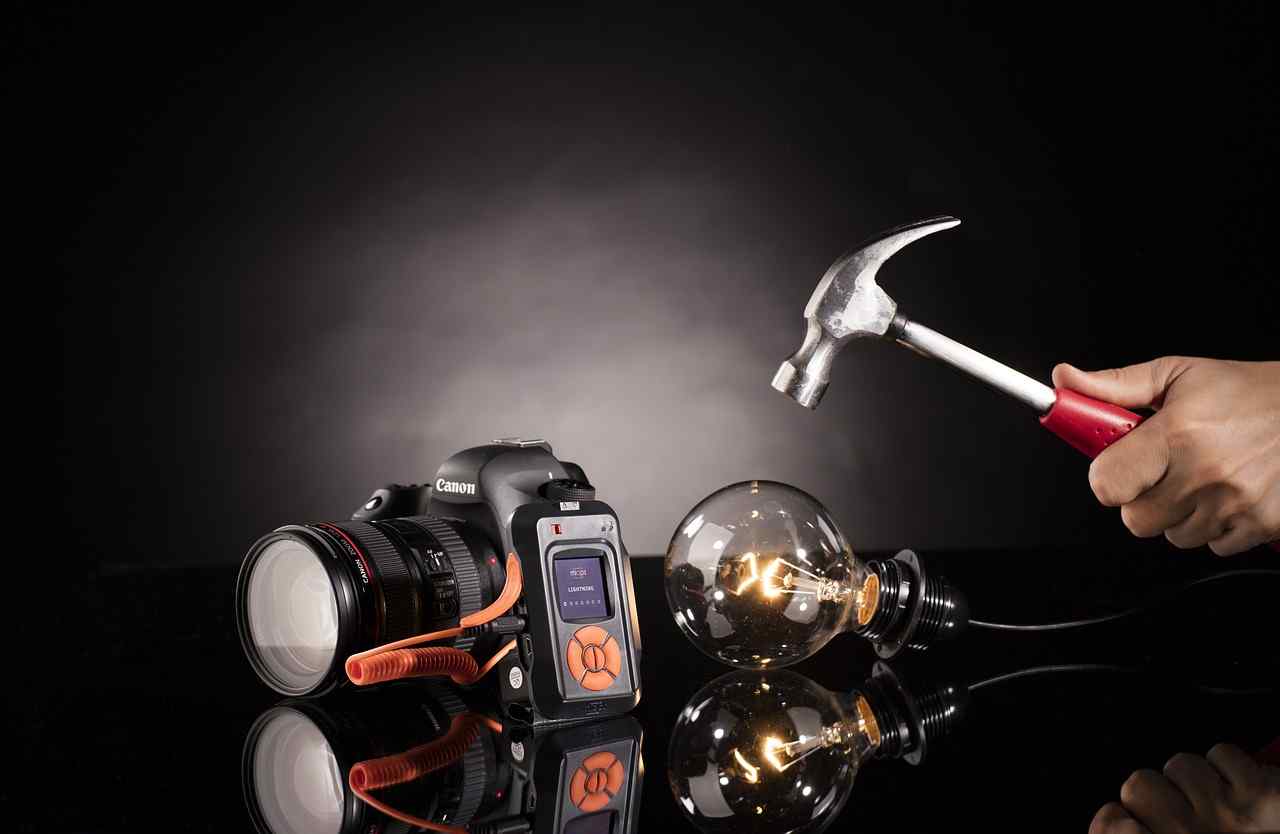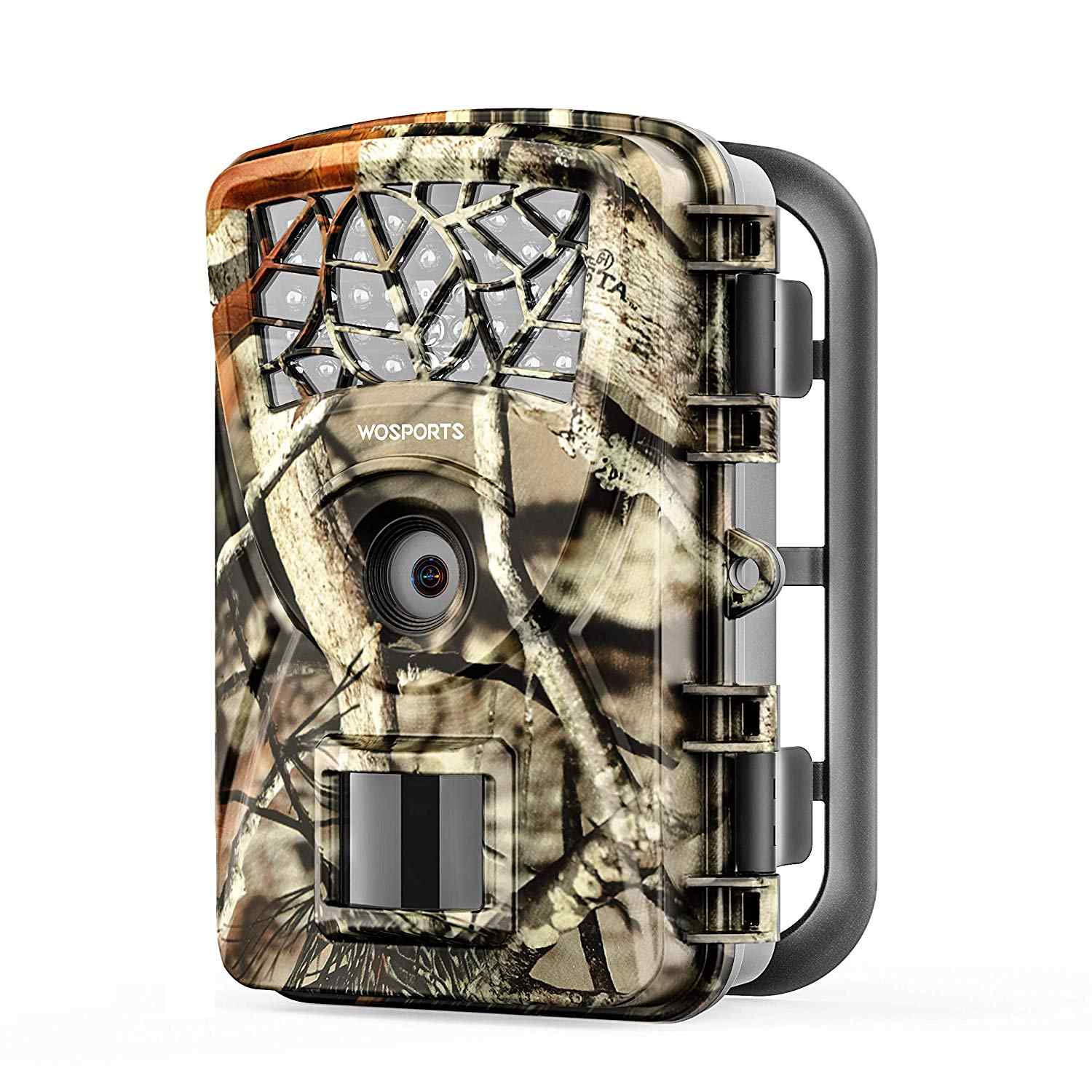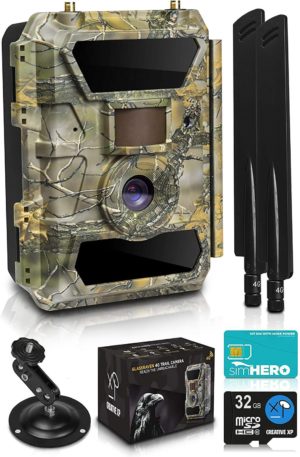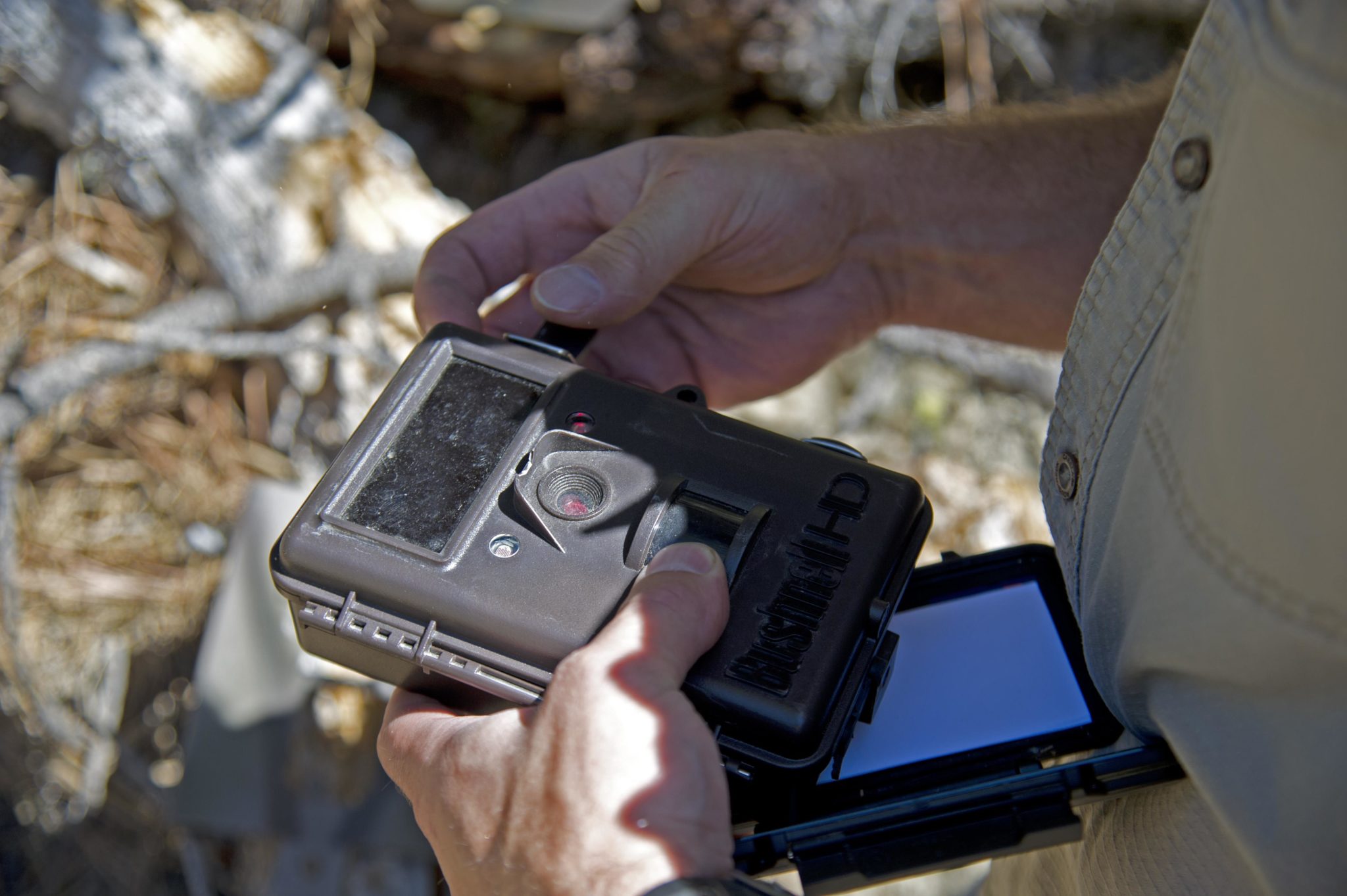While choosing a preliminary camera, one of the principal choices you should make is the trail camera streak mode. They come in three choices, no gleam, low sparkle, and white glimmer.
These advances each have their own points of interest and drawbacks, that you ought to weigh cautiously. Picking your trail cameras glimmer mode is a choice dependent on three viewpoints: quality photos, least measure of effect on untamed life, and the monetary effect it has on your wallet.
No shine cameras are the least meddlesome, emitting essentially zero recognizable light, while low sparkle streak modes are the most financial with almost no unsettling influence to a creatures common developments. White glimmer cameras then again are the main blaze available that produces shading evening photographs.
NO GLOW
No sparkle streak which is frequently alluded to as power outage, are streak modes that utilization non perceptible blaze to catch evening photographs. The LED producers that are regularly utilized, lead infrared light that is over 900 on the nanometer range.
The nanometer range is essentially a scope of wave lengths that is unmistakable to the eye. For example, the human eye is just ready to see wavelengths from 400 to 700 on the range. Not many creatures can see over the 900 nm, making the blaze on no shine cameras for all intents and purposes imperceptible around evening time.
The capacity to go undetected takes into consideration the camera to be set in regions that would be delicate to frightening creatures, for example, bedding regions, close sanctums, and around sustaining sources. These regions are frequently asylums for creatures, where they feel the most safe from predators.
The scarcest indication of threat, will compel them to clear the region all together. From a visual point of view to the creature, a camera furnished with no sparkle streak is the best choice in these circumstances.
With the accommodation of a no shine streak, nonetheless, you will lose on the nature of photograph you can take. Because of the absence of light that the glimmer will radiate, evening time photographs will dependably be high contrast, and frequently be darker and somewhat grainier than its low sparkle partner.
The blaze separation will regularly be upset too. The normal no sparkle glimmer will just reach about 50′ in separation contrasted with the 80′ of a low shine streak. Figures on the external end of the blaze extend, will regularly seem more as dim shadows, and will be difficult to recognize.
The capacity for stealth appears to out gauge the absence of nature of photos as the no gleam streak is regularly supported for chasing just as surveillance cameras. The prominence comes with a cost however. Most no gleam cameras will be valued beginning around $180 and many are significantly more expensive than that.
LOW GLOW
Low sparkle trail cameras are the most generally utilized camera available. Frequently alluded to as Infrared or red gleam, they transmit a slight red light like that on your smoke indicator inside your home. The red gleam enables the trail camera to take clearer evening time photographs, just as a 30% longer blaze extend than the no shine cameras.
The better quality photos and flexibility of a low shine camera do include some significant pitfalls however. Many trust that creatures can see the red shine, and it regularly results in them getting to be mindful of the camera, yet in addition scaring them.
This hypothesis is just halfway obvious. The infrared light radiated from a low shine camera is ordinarily around the 850nm on the nanometer range. This implies creatures, for example, deer and fox who are prepared to see nearer to 900nm will most likely distinguish a slight sparkle if taking a gander at the camera.
In any case, these kinds of nighttime creatures have a vision that is predominately comprised of a bigger number of bars than cones, enabling them to just observe hues with shorter wavelengths.
On the shading range, we frequently allude to ROY G. BIV, the hues on the left, for example, Red and Orange, have longer wave lengths, and the hues toward the finish of the range, Indigo and Violet have shorter wavelengths. Which is the reason seekers can wear orange attire without being seen.
Understand that this shading range that we as a whole grew up comprehension, is just the range of hues that we can see with the human eye. There is really a shading with a significantly shorter wavelength than Violet, that is known as Ultra Violet.
Creatures with more bars can see this shading. At the opposite end of the range there is a shading with a more drawn out wavelength than red, which we allude to as infrared.
With low shine infrared, nighttime creatures can get the light discharged from the cameras, yet can not see the shading that is related with it. A definitive inquiry that arrives is; will it frighten creatures? In the trail camera industry, that question is as exceedingly challenged as the political subject of environmental change.
There is proof that can bolster the two sides of the contention, and at last it comes down to financial matters, where low gleam trail cameras can cost up to 33% of the expense of a no shine camera.
WHITE FLASH
At the point when trail cameras were first presented onto the market, the main accessible glimmer mode was white blaze. There are not very many cameras that are delivered that still use white blaze, yet regardless it has its place in the correct conditions.
White blaze is a similar innovation utilized in customary cameras amid low light, that utilization a blinding white light. This type of blaze is effectively observed, and to the clueless creature, can be sudden, frequently bringing about scaring.
The significant fascination in white glimmer cameras anyway isn’t their stealth, however their photograph quality.
White blaze cameras are the main cameras that can create evening time photographs in full shading. They likewise have the longest glimmer remove lighting up past 100′.
While white glimmer is the most unrealistic alternative for most seekers and natural life picture takers, it has its place for the individuals who are performing research considers. Field researcher frequently utilize white glimmer cameras so as to decide markings on creatures, enabling them to distinguish explicit creatures.
For the normal customer, utilizing a white blaze around a nourishment source, for example, a feeder, or sustenance plot, frequently has minimal effect on creature developments. In the event that you incline toward the shading evening photographs, adhere to these territories for your trail camera setup.
At last, picking a glimmer mode on your trail camera, descends to your own inclination. Gauging every one of the alternatives, if quality evening photos at a lower cost could easily compare to finish stealth, I would lean towards either a white glimmer or a low gleam streak.
On the off chance that you are utilizing your camera as a chasing instrument and need the protection that you are not irritating the development examples of a creature, I would suggest adopting the prudent strategy and utilizing a no shine streak.
I have utilized every one of the three flashes, and in the correct conditions they are for the most part incredibly viable in catching evening time photographs.
Learn Our trail camera false trigger solution.

Hi, Lex Elliott here, the Co Founder & Chief Editor of Passionate Hunters.where we go out of our way to research, test, and ultimately review some of the best hunting gear out on the market.
As a Hunter and experts, me and my team will guide you on which hunting gear can help you and get the best results on hunting and also help you to choose the best hunting equipment.Read more About Us

